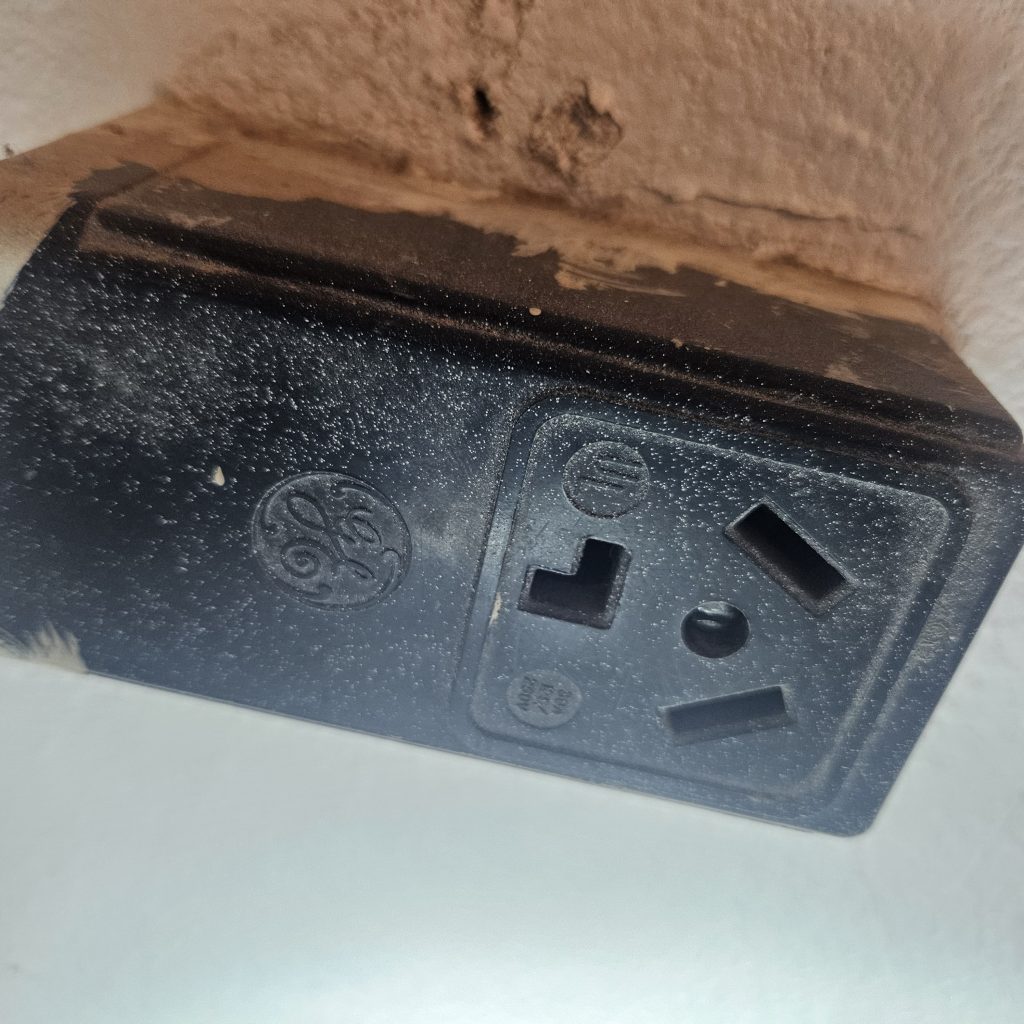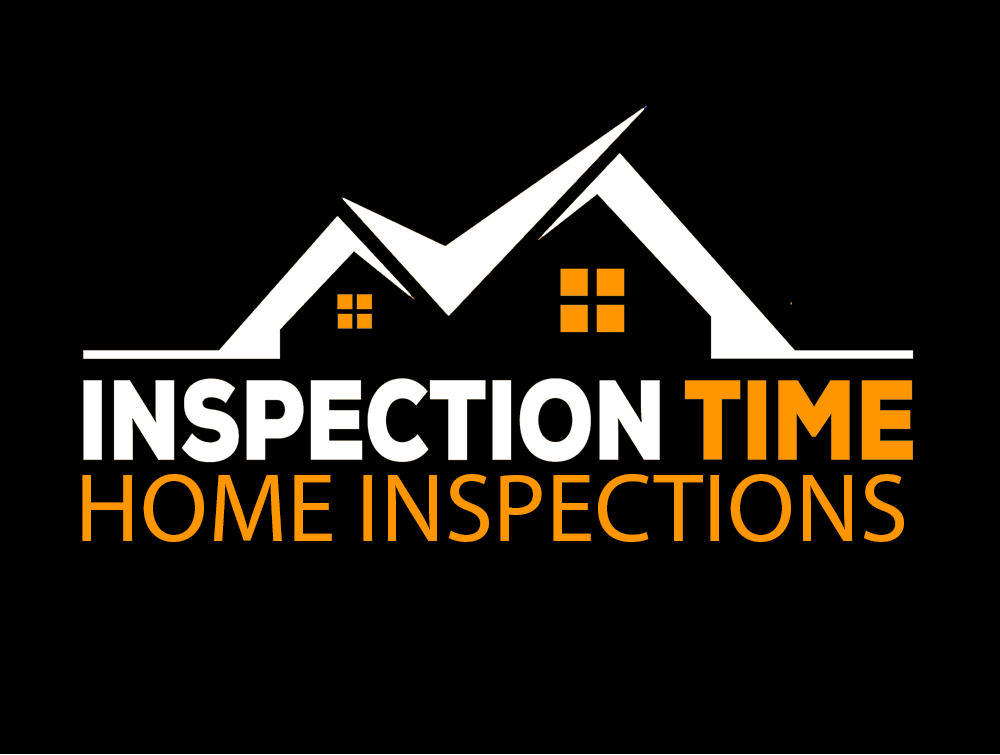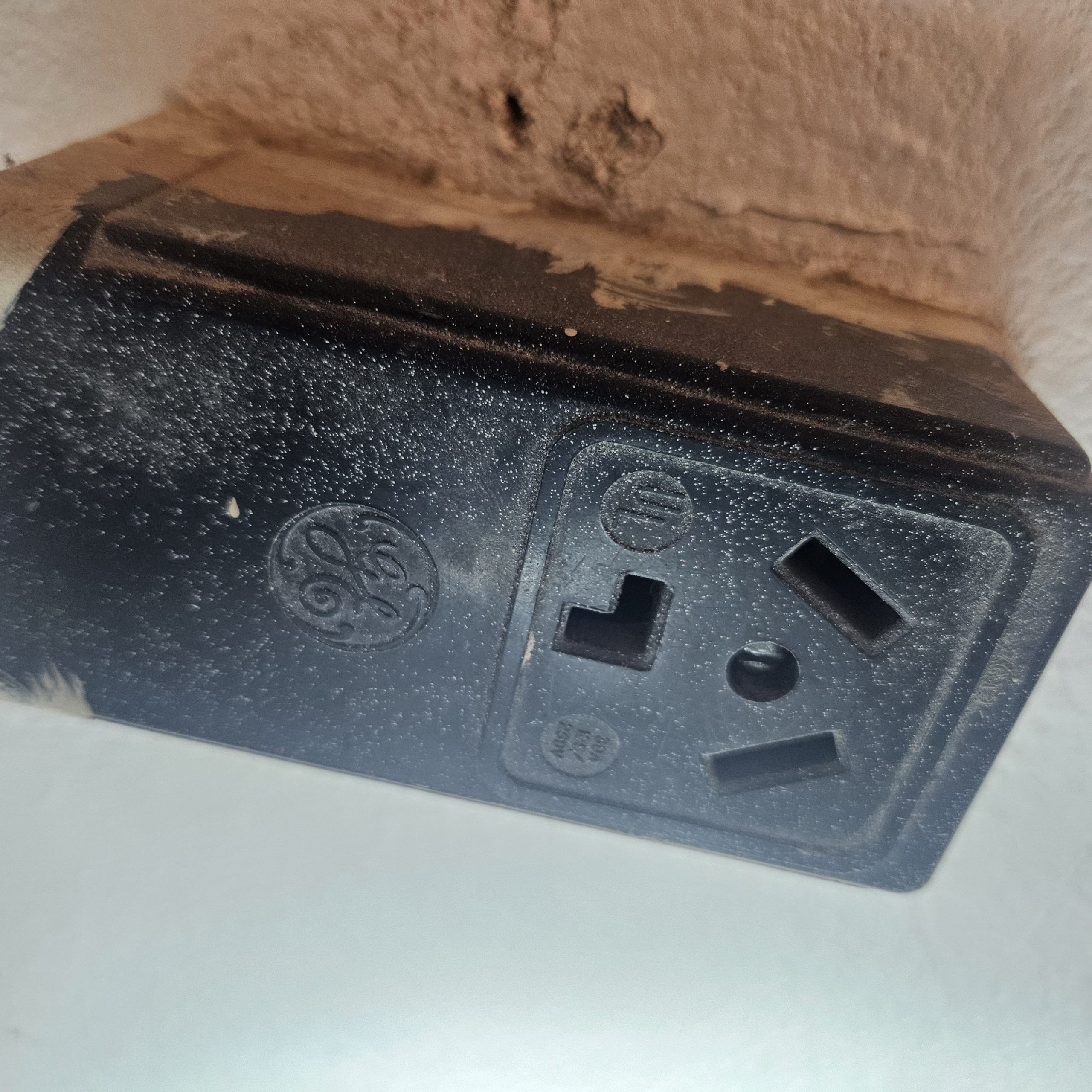Why 3-Prong 220V Receptacles Are No Longer Acceptable — and Why Home Inspectors Call Them Out
Author: Inspection Time | Aaron – Certified Master Inspector TREC #25498 | NACHI22040459 | LEAD FIRM #NAT-F244506-1 | TDA# 0907507 | Airman Certificate #4902697
If you own an older home, you may still have 3-prong 220V receptacles (often used for dryers, ranges, and other high-voltage appliances). While these outlets were once standard, modern electrical safety standards have made them obsolete — and home inspectors will almost always note their presence in an inspection report.

The NEC Code Change
The National Electrical Code (NEC) changed its requirements in 1996. Before then, 3-prong 220V receptacles were allowed because the neutral conductor was also used as a grounding path. The updated NEC now requires 4-prong receptacles for new installations, which include:
- Two hot wires (carrying 120V each, opposite phases).
- One neutral wire.
- One separate ground wire.
This separation of neutral and ground is crucial for safety. The change is reflected in NEC 250.140 and related sections that outline grounding requirements for cord- and plug-connected appliances.
Why 3-Prong Outlets Are a Problem
In a 3-prong setup, the neutral wire serves both as the return path for current and the grounding path for safety. This design poses several risks:
- Shock Hazard – If the neutral wire becomes loose or damaged, exposed metal parts of the appliance could become energized.
- Fire Risk – Faulty connections can create heat buildup, increasing the risk of electrical fires.
- Code Non-Compliance – New installations must meet current NEC standards. While older ones are often “grandfathered,” any major renovation or appliance replacement is expected to comply with today’s requirements.
Why Home Inspectors Call It Out
Home inspectors highlight 3-prong 220V receptacles because:
- They do not meet modern safety standards.
- They can indicate outdated wiring.
- Buyers may need to budget for an electrical upgrade.
- Appliances with 4-prong plugs can’t be safely connected without an adapter or conversion — and using an adapter can bypass safety features.
Inspectors often recommend that a licensed electrician replace the receptacle and update the circuit wiring to include a dedicated grounding conductor.
When Is an Upgrade Needed?
While older installations may still be legal under “grandfather” provisions, the safest option is to upgrade to a 4-prong outlet when:
- Installing a new appliance.
- Renovating or rewiring the home.
- Selling the home and wanting to avoid inspection call-outs.
- You suspect damaged or deteriorated wiring.
How to Upgrade Safely
Upgrading to a 4-prong outlet often means:
- Installing a new 4-wire cable from the panel to the receptacle location.
- Separating neutral and ground at the appliance and outlet.
- Replacing the receptacle with a modern NEMA 14-30 (dryer) or NEMA 14-50 (range) outlet, as appropriate.
A licensed electrician should handle this work to ensure compliance with the NEC and local codes.
Bottom line:
3-prong 220V receptacles are a relic of older wiring practices. While they may still function, they don’t provide the level of safety modern standards require. If a home inspector calls it out, it’s for good reason — upgrading can protect your appliances, your property, and your family.





